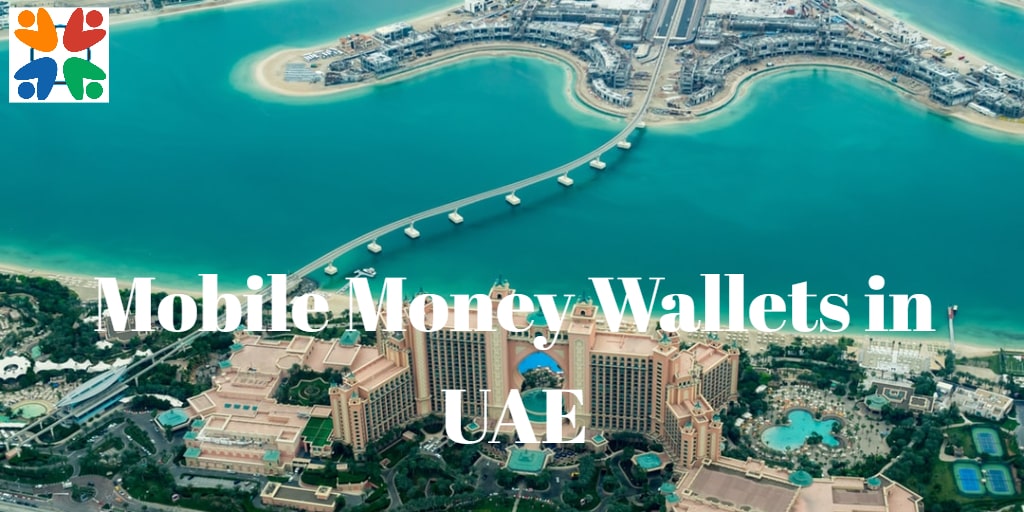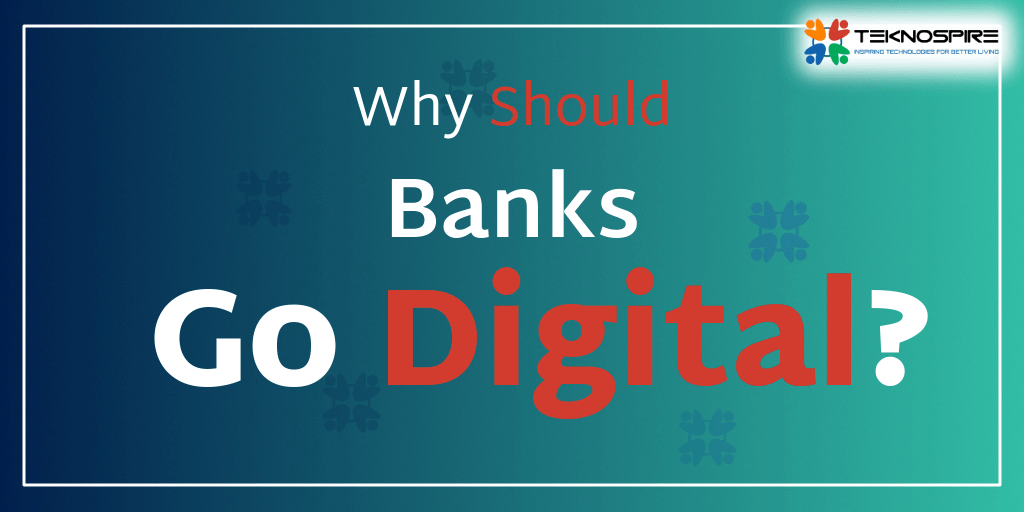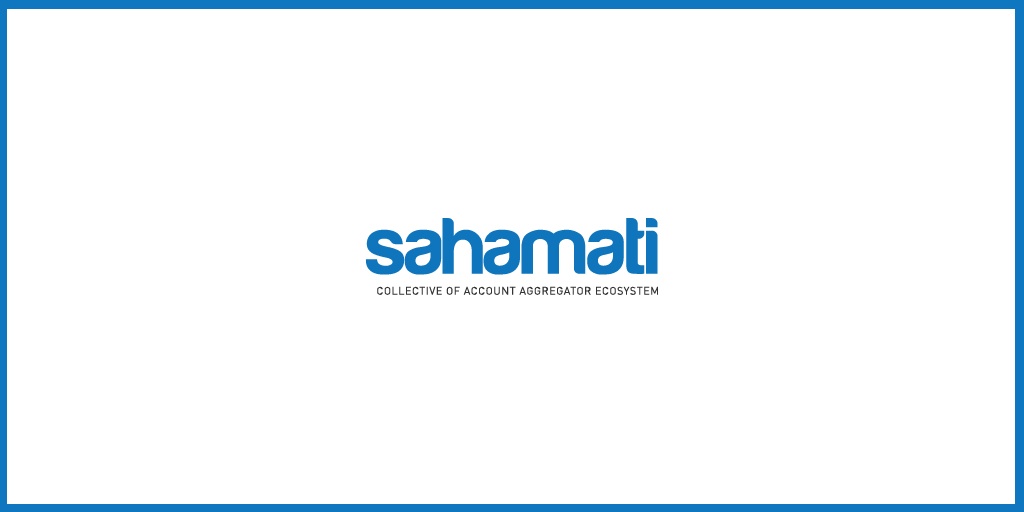Have you ever tried Turkish tea? For a tea-addict like me, it was incredible! And thanks to these fantastic tea flavors that I got to know about Turkey, a land with rich history in culture and food has also shaped the history of economics. The concept of stock exchange, commerce and money were all born in Anatolia. This rich heritage has inspired Turkish society’s shopping trends and payment culture. The young population is tech-savvy and innovating to built Turkey as a center of innovation for payments. Do you know Turkeys introduced a contactless credit card way back in 2006, launched their first digital wallet BKM express in 2012, and national payments scheme Troy in 2016, and all this is to be a cashless society by 2023? Our post of today would explore on how Mobile wallets could help Turkey in reaching the goal of a cashless society by 2023. Let’s get started – A Look at Turkey’s Economy – Opportunities and Challenges As of 2018, the average age in Turkey is 32.5 years, with an internet penetration of nearly 65%. The smartphone penetration is close to 50%. The mobile commerce is 30% of e-commerce market value. The above stats dictate the current economic state of Turkey. But Turkey comes with some pros over other regions to realize their dream of cashless economy. Some of them are – A young demographic base High literacy rates High smartphone penetration Very high card numbers A native card payment network A collaborative ecosystem of banks, FinTech’s and technology vendors Friendly regulatory and government to facilitate a digital future But so are the challenges like – An underbanked population A specific segment of customer dependency on Cash An ambitious deadline of the cashless society Turkey Mobile Wallet Use Cases Turkey occupies a unique position, sitting in both the European and Asian e-commerce markets, but somehow they are not able to take advantage of their strategic position. Banks, NBFC’s, FI’s, Fintech, Brands, businesses need to offer compelling mobile apps/solutions that push customized offers, discounts, and events to individuals to capitalize on willingness to use digital payments. An incident narrated in JPM Morgan Global Payment Trends is worth highlighting of a local businessman on Black Friday – “Local merchant Hepsiburada reported that the event represented its most active day of sales for the entire year, the majority of which were carried out via mobile.” So there is potential for growth, the only thing is presenting your customer valid and useful use cases, and we are highlighting some of them – Use Case #1 – Establishing Turkey as a Hub, usage of services via mobile. With the country aiming to be a cashless economy by 2023, Innovating and positioning themselves as a fintech hub would be an excellent initiative connecting Europe, Middle East, North Africa [MENA], and Asia. There are two reasons for that, With technology partners in-house – Banks and FI’s can expand their products and offerings with a tailored solution and suiting needs of different markets. And studies suggesting growth in smartphone penetration, payment via mobile wallet, or shopping with mobile money could get accepted. Use Case #2 – Reaching the less tech-savvy population via mobiles In the path to achieve a cashless society goal, the biggest challenge is to reach out to guys who do have internet access or are less tech-savvy. Mobiles come really handy in such cases, as one can skip the whole tedious process of banking cycle. As carrying a device that helps them in checking their account balance, funds transfer or bill payment can be easily achieved via a digital wallet. Use Case #3 – Innovate for Internet and Mobile Users Another segment of the Turkish population, which is highly tech-savvy, enjoys social media and makes the 4th largest market for Facebook in the world, as reported by the Reuters Institute. Offering solutions like voice-activated bill payments via mobile wallet or integrating a mobile wallet with IoT enabled devices like Car that pays for the insurance before its due date would be some of the scenarios to attract internet lovers. Use Case #4 – Mobile Financial Services for The Unbanked Going with the stats reported in fintechistanbul, 44% of adults that include 55% of the female adult population do not have access to bank accounts. While Banks and partner with Fintech firms to launch mobile financial services or agent banking, they can also collaborate with prepaid card which has already been implemented to launch a mobile wallet wherein all banks card can be added and payments executed. In fact, the regulation also is keen on enabling financial inclusion with the help of mobile wallets. In 2013, with the regulatory change that enabled Electronic Money Institutions (EMIs) to offer payment services and issue e-money was a step by government to ensure banking is one for all. These EMI’s allow individuals to open a mobile wallet as a secured alternative to bank accounts. Use Case #5 – Receiving Aids via Mobile Wallets Looking at the stats in Turkey, nearly 1.6 million students, around 3 million families, and several farmers receive government aids in the form of education loans for students, agriculture loans and social grants. The introduction of mobile money would not only make it more comfortable for government officials, but it would also introduce transparency in the system. Use Case #6 – Remit via Digital Wallet As Wikipedia reports, Turkey hosts 3.66 million registered Syrian refugees as of September 2019. Remittance for such individuals is a significant service. Banks can utilize this opportunity to offer remittance products via a Mobile wallet to transfer money anywhere in the country and outside the country. Turkey has a fantastic combination of tech-savvy, young and educated workforce, a strategic geographical positioning, a booming technology scene, overseas financial institution, investment firms willing to drive the change, and supporting government and regulatory practices. What it needs is just the launch of right solution to specific target customer, and a mobile wallet could be the key to launch


